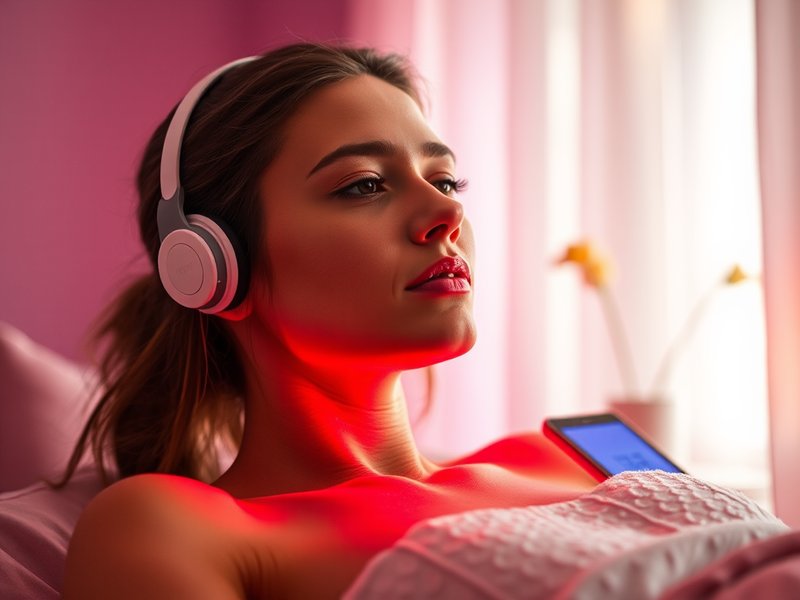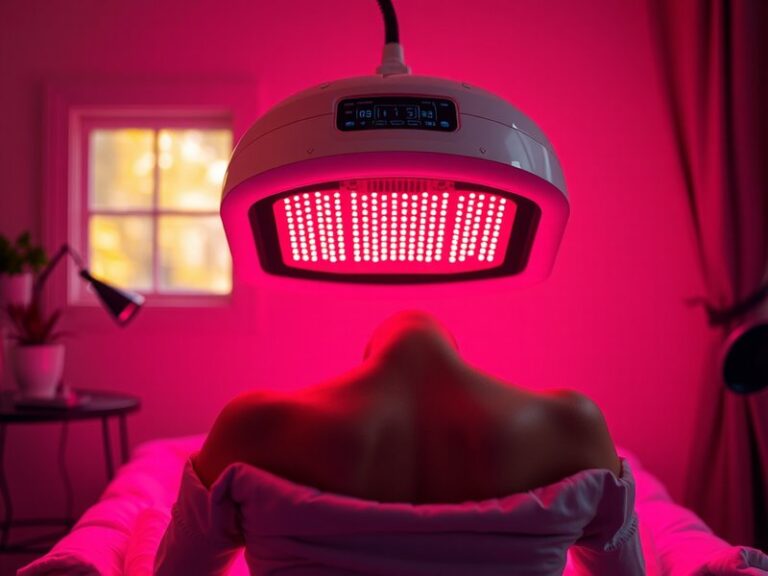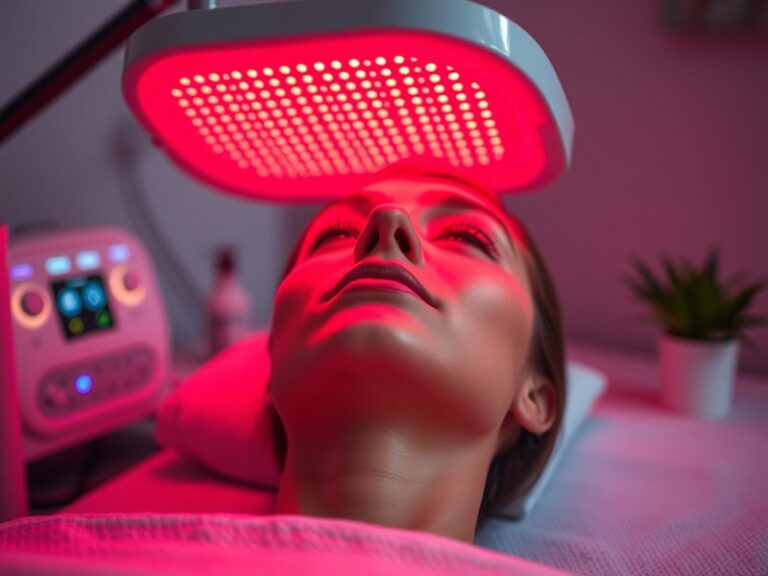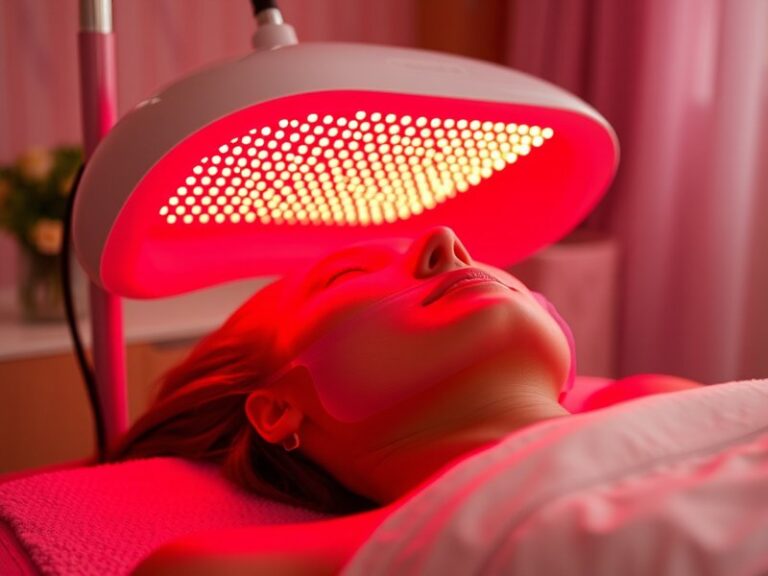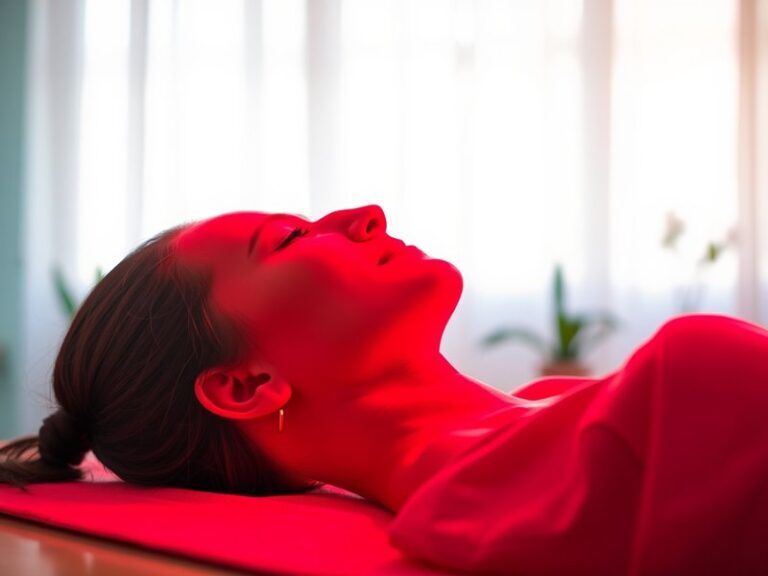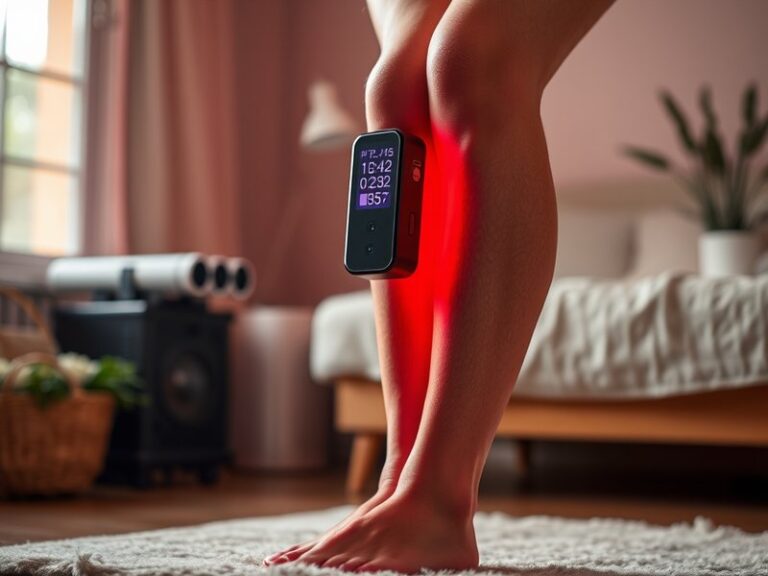How Often Is It Safe To Do Red Light Therapy?
How Often Is It Safe To Do Red Light Therapy?
Are you curious about how frequently you can safely use red light therapy to reap its benefits?
This article will guide you through the considerations of frequency when using red light therapy, covering its benefits, optimal sessions per week, precautions, and alternatives. By the end, you’ll have a clearer understanding of how often you can engage in this therapy while ensuring safety and effectiveness.
Key Takeaways
- Red light therapy is generally safe for frequent use, but optimal frequency can vary based on individual needs.
- Typical recommendations suggest sessions ranging from two to five times per week, depending on specific goals.
- Always consult with a healthcare provider before starting a new therapy regimen, especially if you have underlying health conditions.
What is Red Light Therapy?
Red light therapy (RLT) is a non-invasive treatment that uses low-wavelength red light to improve various health conditions. This therapy is believed to enhance cellular function, promote healing, and reduce inflammation by penetrating the skin to stimulate mitochondria, the powerhouse of cells.
Originally developed to treat skin conditions, RLT has expanded to address a range of issues, including pain relief, muscle recovery, and even hair growth. The method involves using specialized light bulbs or LED devices that emit red and near-infrared light.
While many enjoy RLT at home using devices, others may seek treatment in professional settings, such as wellness clinics or dermatology offices, where larger machines provide targeted benefits.
What are the Benefits of Red Light Therapy?
One of the most significant advantages of red light therapy is its versatility. The following benefits highlight why many incorporate it into their health regimens.
Promotes Healing and Recovery
Red light therapy has been shown to accelerate wound healing and reduce recovery time for injuries. Studies indicate that RLT can enhance the production of collagen, a crucial protein in tissue repair.
Reduces Inflammation and Pain
RLT can help decrease inflammation and alleviate pain associated with various conditions, from chronic arthritis to sports injuries. Users often report significant relief, allowing for improved mobility and comfort.
Enhances Skin Health
RLT is touted for its anti-aging properties, helping to reduce wrinkles, scars, and sun damage. Regular sessions can boost skin tone and texture, making it a popular choice for skincare enthusiasts.
Additional Benefits
- Aids in hair regrowth for individuals experiencing hair loss.
- Improves sleep quality by supporting circadian rhythms.
- Enhances mood and reduces symptoms of depression.
Is it Possible to Safely Use Red Light Therapy Daily?
While some people may consider using red light therapy on a daily basis, it’s essential to evaluate individual circumstances. Many users benefit from daily sessions, especially for acute conditions, while others may achieve results with fewer treatments.
However, overuse could lead to diminishing returns or potential skin irritation, thus monitoring how your body responds is crucial.
What are the Advantages of Daily Use?
- Quick recovery from injuries resulting from increased cellular activity.
- Almost instantaneous mood enhancement thanks to increased endorphin production.
- Enhanced results for specific skin conditions when treated regularly.
What are the Disadvantages of Daily Use?
- Possible skin sensitivity and irritation if the skin is not given adequate time to recover.
- Risk of over-stimulation, which may negate benefits and cause fatigue.
- Increased cost and time commitment, especially if using professional services.
What are the Things to Consider Before Starting Red Light Therapy?
When deciding how often to engage in red light therapy, several critical factors come into play.
For an in-depth look, see Jessica Simpson’s Red Light Therapy
Skin Sensitivity
Those with sensitive skin should start with fewer sessions to gauge their response. Monitor for any adverse reactions, such as redness or discomfort, before increasing frequency.
Underlying Health Conditions
Consulting with a healthcare provider is essential if you have existing health issues, as certain conditions might affect how your body responds to RLT.
Dive into Overdoing Red Light Therapy?
Device Quality
Not all red light therapy devices are created equal. Ensuring that you use a high-quality device can make a significant difference in your results and safety during treatment.
Additional Considerations
- Choose the right wavelength for your specific target area.
- Make sure to adhere to recommended treatment times to maximize benefits.
- Stay hydrated and maintain a balanced diet to help support recovery.
What are the Alternatives to Red Light Therapy?
If you’re exploring options other than red light therapy, several effective alternatives exist for enhancing health and wellness.
Cold Laser Therapy
This non-invasive treatment method employs low-level lasers, similar to red light therapy, to reduce inflammation and encourage healing at the cellular level.
Infrared Sauna
These saunas use infrared light to penetrate the skin, promoting relaxation, detoxification, and improved blood circulation.
LED Light Therapy
This alternative utilizes various light wavelengths (including blue and green light) to address specific skin concerns, from acne to hyperpigmentation.
Additional Alternatives
- Massage therapy, which aids in muscle recovery and relaxation.
- Acupuncture, which promotes healing and addresses pain.
- Electron Magnetic Field therapy that helps in pain management and wellness.
Conclusion: Is it Recommended to Do Red Light Therapy Frequently?
In conclusion, red light therapy can be safely incorporated into your wellness routine several times a week, with many opting for sessions two to five times based on their specific health goals. However, it’s essential to listen to your body and seek advice from healthcare professionals when needed. With proper understanding and adherence to recommended practices, RLT can be a beneficial and effective therapy for various conditions.
Frequently Asked Questions
How long are typical red light therapy sessions?
Sessions typically last between 10 to 20 minutes, depending on the target area and device used.
Can I use multiple devices or types of light therapy?
Yes, combining therapies can be effective; however, consult with a professional to ensure compatibility and safety.
Do I need to wear eye protection during treatment?
It’s advisable to wear protective eyewear when undergoing red light therapy, especially at higher intensities.
How quickly can I expect to see results?
Results can vary, but many users notice improvements within a few weeks of consistent use.
Is red light therapy safe for everyone?
While generally safe, those with specific health conditions or sensitivities should consult a healthcare provider before starting therapy.
